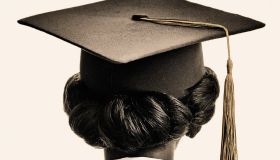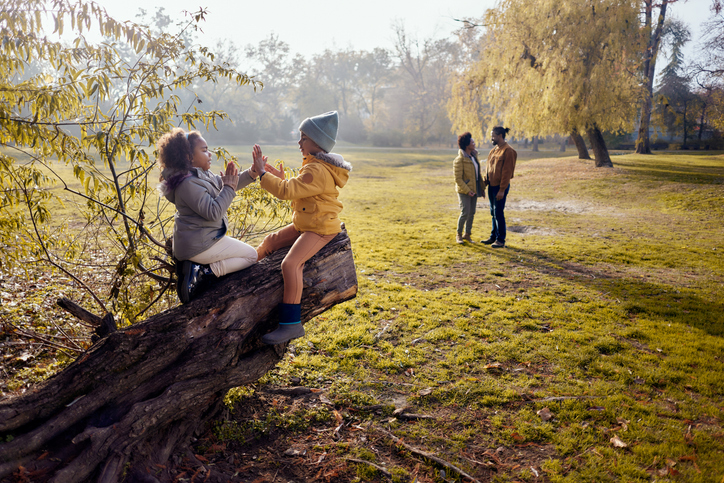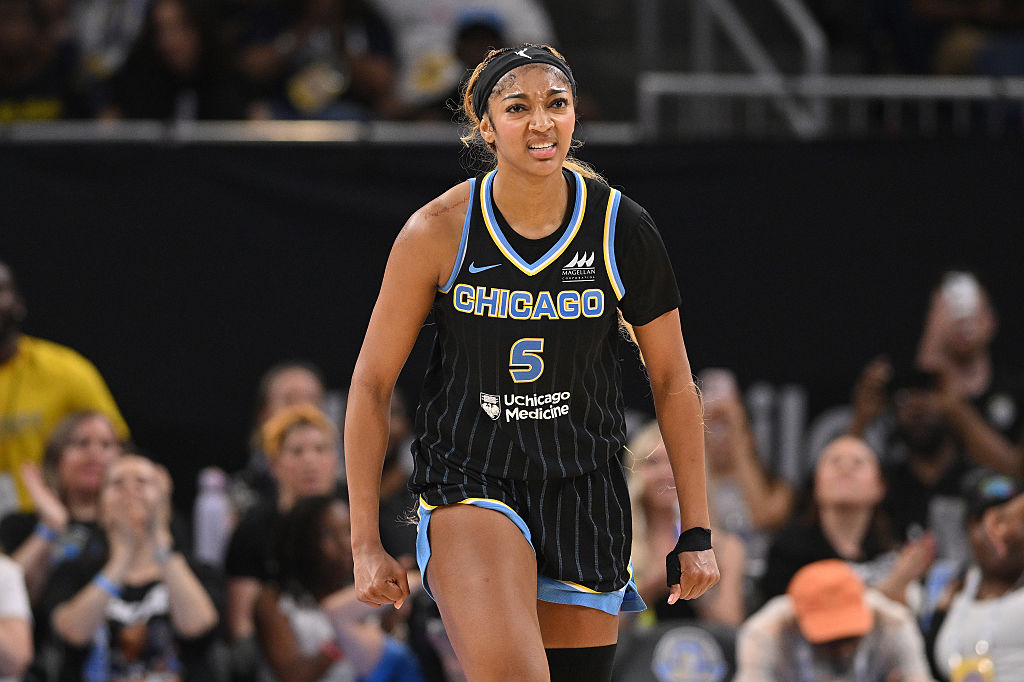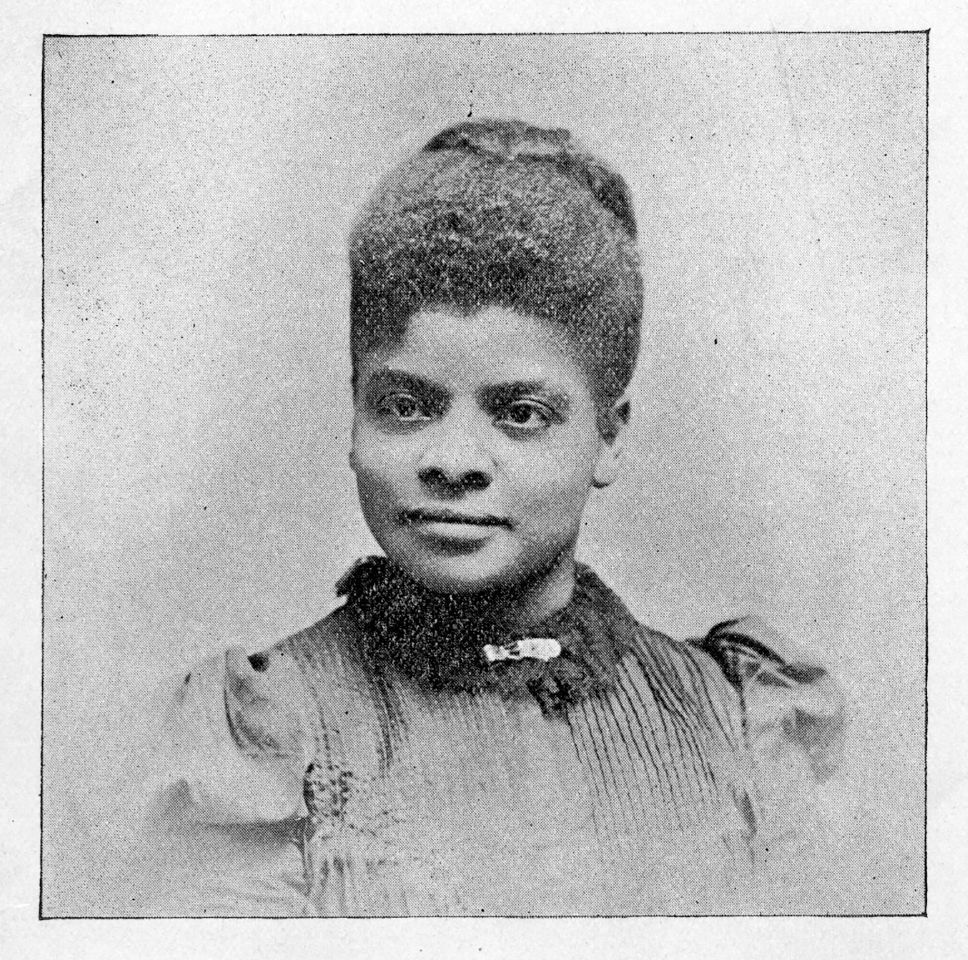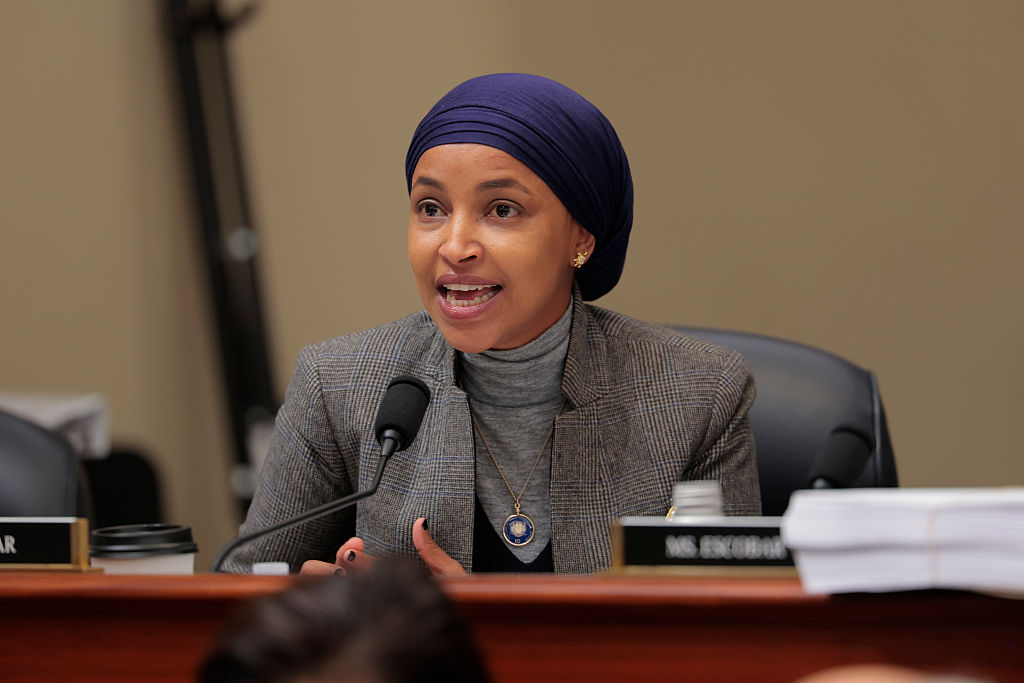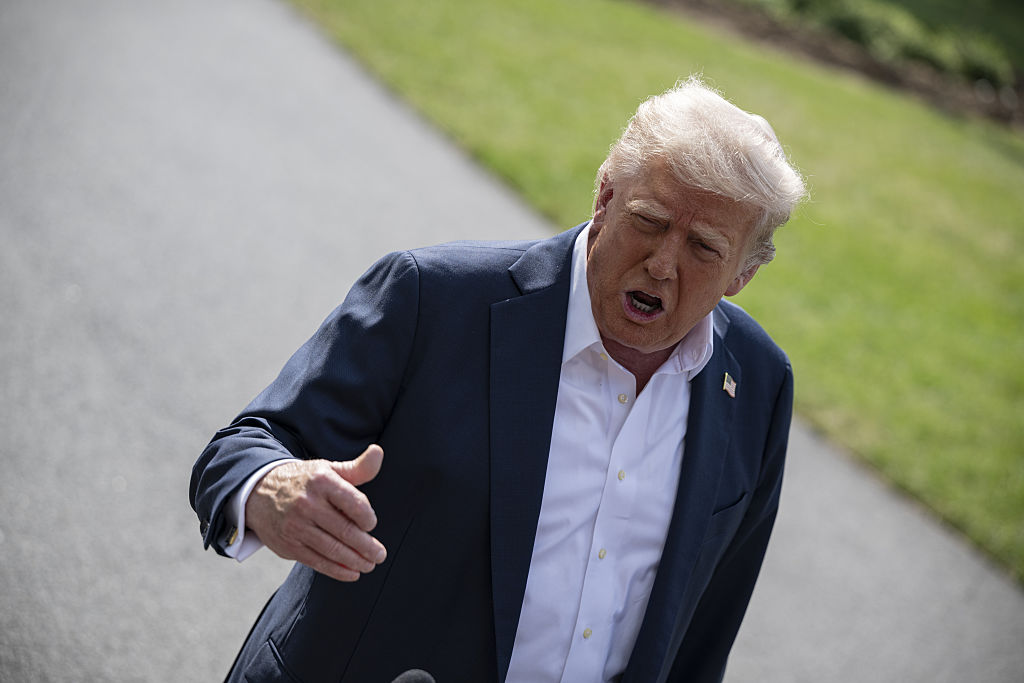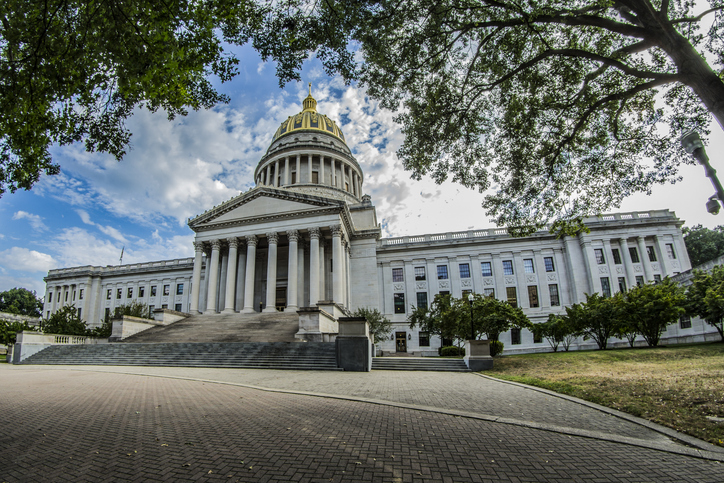White students attending historically Black colleges and universities (HBCU) is a hotly debated subject that took center stage over the weekend when a white woman expressed her excitement over being admitted to Spelman College.
On Instagram a user named @_camillarose wrote a lengthy post commemorating her acceptance while wearing a SpelHouse shirt, a moniker used to describe the special relationship between Spelman, the first historically Black liberal arts college for Black women and Morehouse College, the first founded for Black men.
However, it was her use of the phrase “Black girl magic,” and what many deemed as white saviorism in the post. A white woman framing her acceptance to Spelman as a congratulatory call to dismantling her inner racism and comparing racism to mental illness didn’t sit right with many.
MORE: White HBCU Student Says He Thought ‘There Would Be More Black People’
As the discussion began to go viral on social media, two frames of thought emerged. Social media users were split, with many Spelman women expressing their fear that a sacred place of learning and growth could evolve into a more diverse landscape where Black women evaporate as a majority. They also shared that eligible Black students may have been bumped from consideration focusing on the tuition rates, something that may give a white student further privilege in being accepted.
Many argued that the legitimate fears and concerns these Black women expressed were being dismissed under the “angry Black woman” archetype.
Others said that there was no reason to be excited or surprised over the woman’s acceptance, stating that the school is just merging into the future.
Camilla posted a second message where she apologized to those offended by how she framed her admission to Spelman.
The topic hints at a larger framework, mostly accelerated by HBCU‘s pushing diversity initiatives over the last several years in an effort to keep enrollment and tuition streaming in. The push is seen as a way to keep HBCU’s afloat who rely on slashed in-state funding and are losing out to predominantly white institutions that are also ramping up diversity recruitment.
A 2017 Pew Research Center report found that the percentage of white students at HBCUs stood at 17 percent, up from 13 percent in 1980.
MORE: White People Are Becoming The Majority Of HBCU Students, Report Finds
“As desegregation, rising incomes and increased access to financial aid resulted in more college options for blacks, the share of blacks attending HBCUs began to shrink. By fall 1980, 17% of black students enrolled in degree-granting institutions were enrolled at an HBCU. By 2000, that share had declined to 13%, and it stood at 9% in 2015,” the report reads.
The topic of white students enrolling at HBCU’s in large masses is an important conversation, especially in light of the reduction of spaces for Black communities to convene as the onset of racial injustices continues to permeate in America’s past, current and future.

